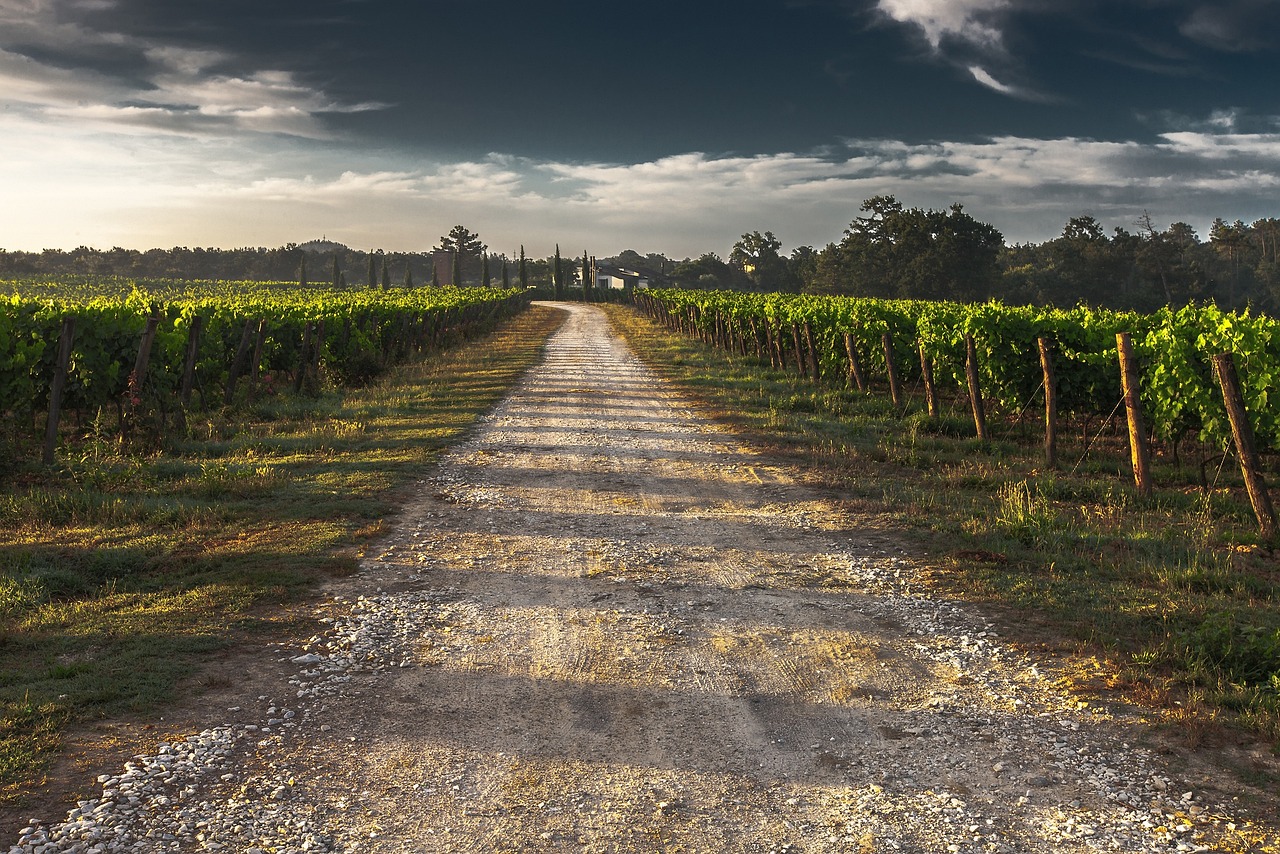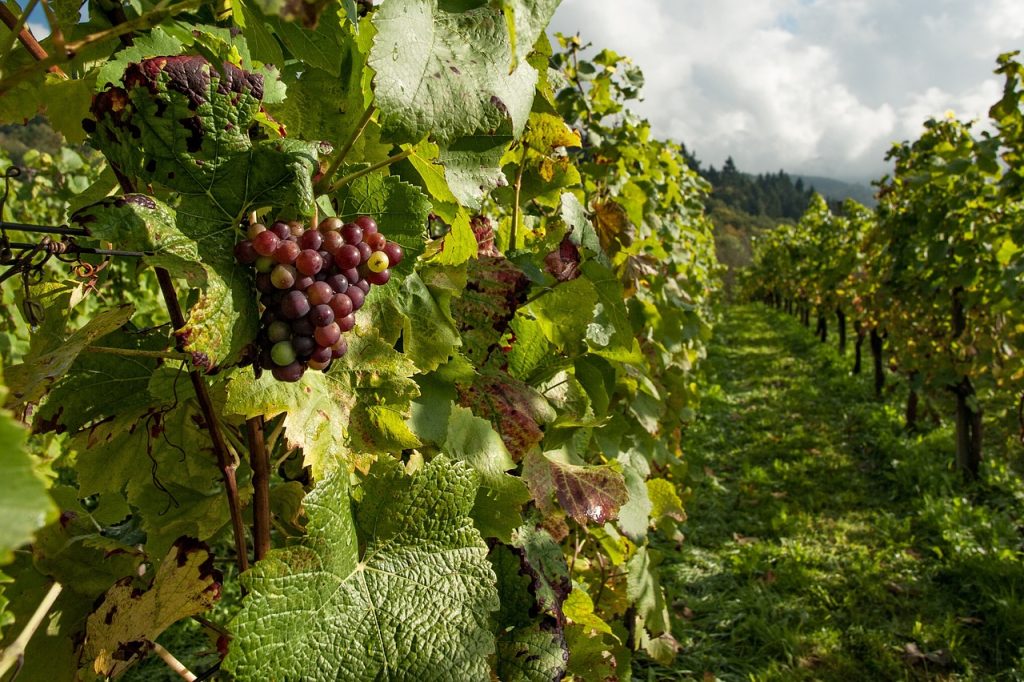
Once upon a time, a ship full of hopeful colonists set sail for Australia, carrying with them not just dreams of new lives, but grapevines. They couldn’t have imagined that what they planted in this strange new land would one day become some of the most renowned wines in the world. The journey of Winemaking in Australia is nothing short of epic—complete with trials, triumphs, and a splash of good old-fashioned Aussie determination.
The Early Days: Colonial Experimentation and Hopeful Beginnings
When you think of Australia, images of vast deserts and kangaroos might come to mind. But in the early 19th century, British colonists had a different vision for the continent—one that involved lush vineyards and European-style wine. In 1788, when the First Fleet arrived in New South Wales, a few grapevines were tucked away amongst the cargo, with the hope of cultivating a wine industry in the new land.
The first recorded planting of grapevines was in 1791, but things didn’t go as smoothly as hoped. The harsh Australian climate, along with a lack of experience, made those early years a bit of a struggle. Early settlers, unfamiliar with the local environment, battled poor soil, disease, and an ever-unforgiving sun. Let’s just say their first few bottles wouldn’t have been winning any awards.
Despite these challenges, wine lovers are a determined bunch. Enter a few key figures who were crucial in pushing Australian winemaking forward. Gregory Blaxland, a pioneer settler, became the first Australian winemaker to export wine to London in 1822. Fast forward a few years, and Blaxland’s wines were winning medals at the Royal Society of Arts in London. This was just the beginning.
19th Century: Vineyards Spread, Wine Tastes Mature
In the mid-1800s, Australia’s winemaking started to get serious. The gold rush brought in immigrants from all over the world, many of whom hailed from winemaking regions in Europe. As the population grew, so did the demand for quality wine, and skilled migrants began planting vineyards in regions that today are iconic—places like the Barossa Valley, Hunter Valley, and McLaren Vale.
It wasn’t just about planting vines anymore. Australia started experimenting with different grape varieties, with European winemakers bringing their knowledge and blending it with the local conditions. One of the earliest success stories was Shiraz. This grape variety, originally from France, thrived in the hot, dry conditions of the Australian interior, producing bold, full-bodied wines that became synonymous with Aussie winemaking.
However, it wasn’t all smooth sailing. Phylloxera, the dreaded vineyard pest, arrived in Australia in the late 19th century and wreaked havoc on some of the country’s oldest vineyards. But Australia’s winemakers didn’t give up. Many regions, including South Australia, were spared, and over time, vineyards were replanted and restored.

The 20th Century: Wars, Wine Gluts, and Reinvention
The early 20th century was a time of ups and downs for Australian winemaking. The two World Wars, along with the Great Depression, hit the industry hard. Many vineyards were abandoned, and it wasn’t until the 1950s that winemaking began to pick up steam again.
During this period, Australian wine was still largely seen as basic table wine, something to wash down with a meal rather than to savor and enjoy. But things started to change in the 1960s, when Australian winemakers began focusing on quality over quantity. They realized that Australia’s unique climate and geography offered perfect conditions for producing world-class wines.
In the 1970s and 80s, Australian wine burst onto the international scene. Winemakers began embracing modern techniques, blending traditional European methods with innovative new ideas. They focused on cleanliness, temperature control, and experimenting with different grape varieties, like Chardonnay and Cabernet Sauvignon. Aussie winemakers became known for producing wines that were both accessible and high-quality.
At the same time, the global wine industry was changing, and Australia was ready to take its place at the table. In 1986, the release of Penfolds Grange, a Shiraz blend, shook the wine world. It was bold, it was delicious, and it put Australia on the map as a producer of premium wines.
The New Millennium: Innovation and Global Recognition
By the time the 21st century rolled around, Australian wine was no longer the underdog—it was a major player on the global stage. Aussie winemakers began to embrace sustainability, with many vineyards converting to organic and biodynamic practices. Australian wine regions like Margaret River and Tasmania gained recognition for their cool-climate wines, adding diversity to Australia’s already impressive wine portfolio.
One of the most exciting things about modern winemaking in Australia is the emphasis on regional identity. No longer content to be known just for “big reds,” winemakers began to celebrate the unique terroir of their regions. The cool climate of Tasmania produces elegant Pinot Noir and sparkling wines, while the warm regions of Barossa and McLaren Vale continue to produce some of the world’s best Shiraz and Grenache.
Australian winemakers are also masters of blending the old with the new. While the country’s iconic wines, like Penfolds Grange and Henschke Hill of Grace, continue to set the standard for excellence, a new generation of winemakers is shaking things up. They’re experimenting with natural wines, using minimal intervention, and even reviving ancient winemaking techniques.
The Future: What’s Next for Australian Wine?
Winemaking in Australia looks bright. Climate change is forcing winemakers to adapt, and they’re responding with innovation and resilience. Some are planting vineyards in cooler regions, while others are experimenting with heat-resistant grape varieties.
Sustainability is also playing a huge role in shaping the future of Australian wine. More winemakers are embracing organic and biodynamic practices, not just because they’re better for the environment, but because they believe it leads to better wine.
The world of wine is constantly evolving, and Australia is at the forefront of that evolution. From humble colonial beginnings to global recognition, winemaking in Australia has come a long way. And with its perfect blend of tradition and innovation, there’s no doubt that Australia will continue to be a leader in the wine world for many years to come.
So next time you pour a glass of Aussie Shiraz or a crisp Tasmanian Chardonnay, remember the incredible journey that brought that wine to your table—a journey filled with passion, hard work, and a bit of Aussie grit.
Sources
- The History of Australian Wine – Wine Australia
- Penfolds Grange and the Revolution of Australian Wine – Penfolds
[…] a prominent name in Australian winemaking, brings us the Family Release Shiraz 2021. Known for bold and fruit-forward wines, McGuigan […]
[…] took a bit of a back seat to other varietals, like Shiraz. But things are changing. A new wave of winemaking in Australia and enthusiasts are putting this bold, distinctive grape back in the spotlight. So, what’s behind […]